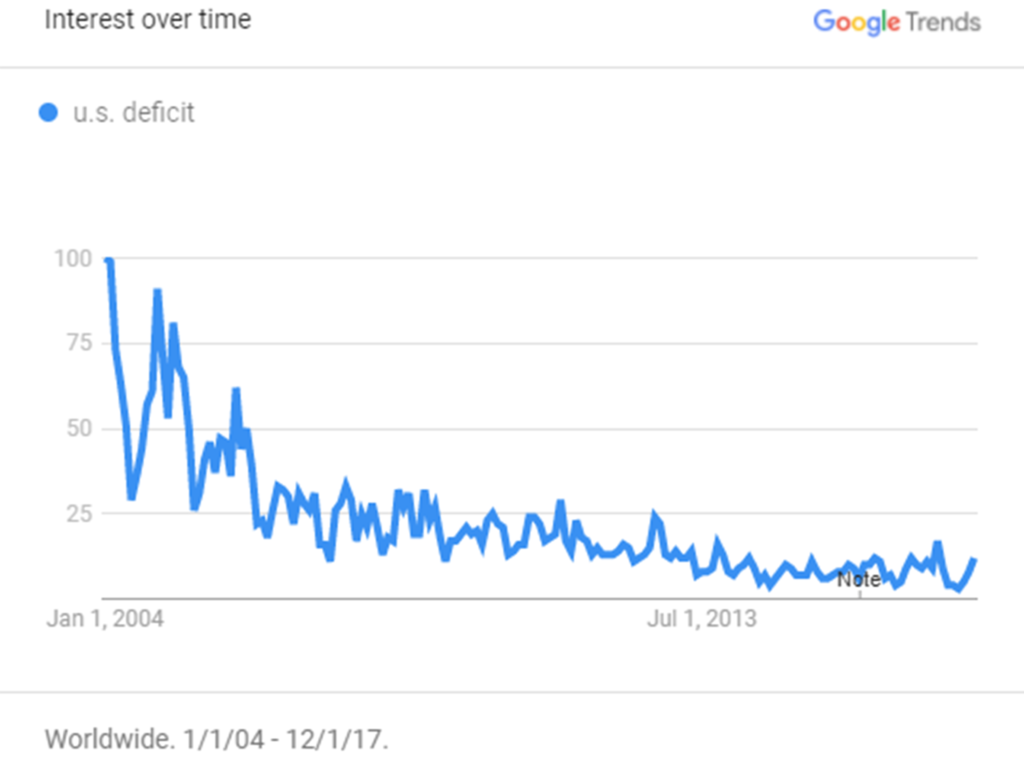As we wrap up the first half of 2018, Liquidity is still king. Liquidity describes the degree to which an asset or security can be quickly bought or sold in the market without affecting the asset's price. It also refers to the flow of purchasing power into or out of a market. In recent years the largest source of liquidity entering the market has been central bank asset purchases (aka Quantitative Easing or QE). These asset purchases started as a reaction to Great Recession of 2008-2009. The largest three central banks (the US Federal Reserve, the European Central Bank, and the Bank of Japan) have added liquidity to global markets in relay fashion over the past eleven years as shown here in the following charts from Haver Analytics and Yardeni Research:
While each of these banks have not individually bought continuously, the combined effect has been continuous purchases of nearly $12 Trillion of assets bought with money created "out of thin air" for that purpose.
Rather unsurprisingly, these continuous asset purchases, and the confidence such liquidity has inspired among investors, have driven prices of stocks and bonds upwards for years...
(Additional investment specific commentary follows for client subscribers)
References:
http://stockcharts.com
https://www.yardeni.com/pub/peacockfedecbassets.pdf
https://abcnews.go.com/Politics/wireStory/trump-backs-off-imposing-china-investment-limits-56197065
https://www.yardeni.com/pub/peacockfedecbassets.pdf
https://www.investopedia.com/terms/l/liquidity.asp
SVANE CAPITAL, LLC IS A REGISTERED INVESTMENT ADVISOR. INFORMATION PRESENTED IS FOR INFORMATIONAL AND EDUCATIONAL PURPOSES ONLY AND DOES NOT INTEND TO MAKE AN OFFER OR SOLICITATION FOR THE SALE OR PURCHASE OF ANY SPECIFIC SECURITIES, INVESTMENTS, OR INVESTMENT STRATEGIES. INVESTMENTS INVOLVE RISK AND UNLESS OTHERWISE STATED, ARE NOT GUARANTEED. INTERNATIONAL INVESTING INVOLVES SPECIAL RISKS INCLUDING THE POSSIBILITY OF SUBSTANTIAL VOLATILITY DUE TO CURRENCY FLUCTUATIONS AND POLITICAL UNCERTAINTIES. AN INVESTMENT CONCENTRATED IN SECTORS AND INDUSTRIES MAY INVOLVE GREATER RISK THAN A MORE DIVERSIFIED INVESTMENT. THERE IS NO ASSURANCE THAT A DIVERSIFIED PORTFOLIO WILL PRODUCE BETTER RETURNS THAN AN UNDIVERSIFIED PORTFOLIO, NOR DOES DIVERSIFICATION ASSURE AGAINST MARKET LOSS. ANY GRAPH PRESENTED CANNOT IN AND OF ITSELF BE USED AS THE SOLE DETERMINANT IN MAKING AN INVESTMENT DECISION. GRAPHS ARE HISTORICAL DEPICTIONS AND HAVE INHERENT LIMITATIONS IN MAKING INVESTMENT DECISIONS AND CANNOT PREDICT THE FUTURE RESULTS OF ANY INVESTMENT. PAST PERFORMANCE IS NOT AN INDICATION OF FUTURE PERFORMANCE. BE SURE TO FIRST CONSULT WITH A QUALIFIED FINANCIAL ADVISER AND/OR TAX PROFESSIONAL BEFORE IMPLEMENTING ANY STRATEGY DISCUSSED HEREIN.














